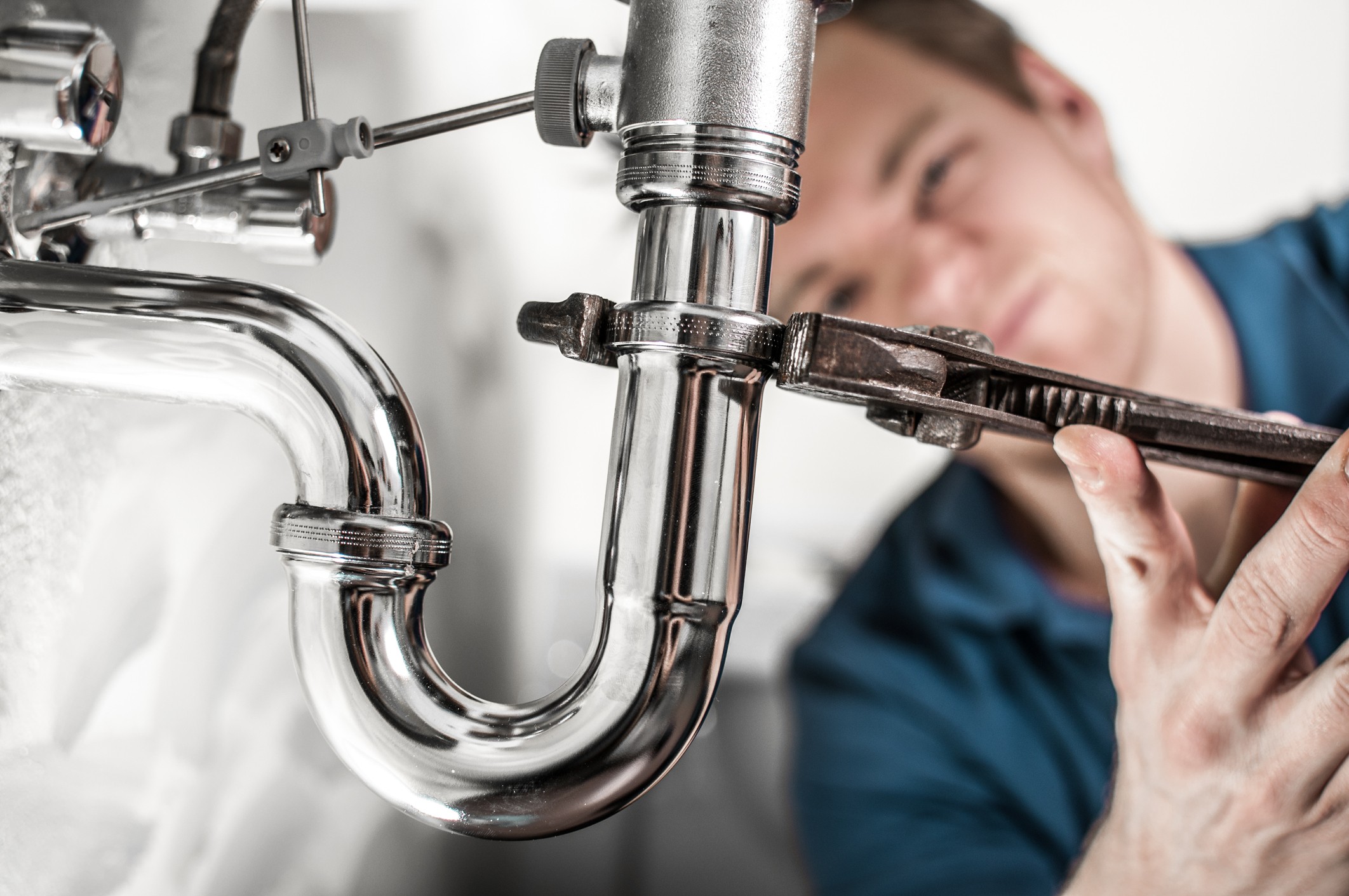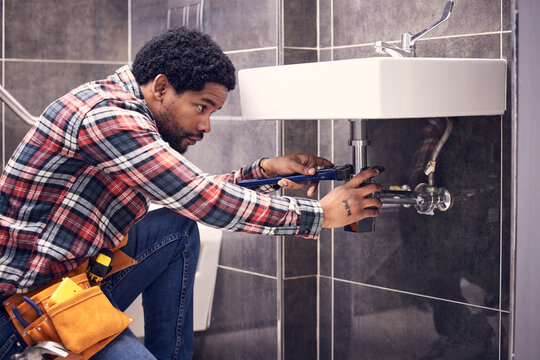Expert Drain Cleaning Alabaster AL to Maintain Your Pipeline Flowing
Expert Drain Cleaning Alabaster AL to Maintain Your Pipeline Flowing
Blog Article
A Step-by-Step Guide to Reliable Hot Water Heater Installation for Ideal Efficiency
Getting started on the job of mounting a hot water heater is an endeavor that requires accuracy and a systematic method for attaining ideal performance. The process starts with the critical choice of choosing the ideal heater customized to the certain requirements of your house, thinking about elements such as type, dimension, and energy source. When selected, preparing the setup area to satisfy safety criteria is critical. However, the journey doesn't finish below. As you proceed, the complexities of attaching supply of water lines and setting up dependable electrical or gas connections wait for, encouraging understandings right into guaranteeing effectiveness and dependability.
Selecting the Right Hot Water Heater

Following, consider the size and ability of the water heating unit. It's important to analyze your family's warm water requirements, which can vary based on the number of occupants and their usage patterns. An unit that's as well tiny might bring about insufficient warm water, while an oversized model may cause unnecessary power consumption.
Efficiency ratings likewise play a pivotal duty in option. Try to find water heating units with high Energy Variable (EF) ratings, indicating superior efficiency and lowered power usage. Tankless versions, though normally more costly in advance, offer considerable power financial savings in time because of their on-demand home heating abilities.
Preparing the Installation Area
Prior to setting up a brand-new hot water heater, careful prep work of the installation location is important. This makes sure a smooth installment process and helps protect against future problems (Plumber Alabaster AL). Begin by selecting an appropriate place that follows regional building codes and security requirements. The location must be dry, well-ventilated, and available for maintenance. It's critical to determine the space thoroughly to fit the water heating unit's dimensions, making sure adequate clearance around the device for reliable operation and maintenance.
Next, eliminate any type of debris, dust, or obstructions from the site to create a clean environment. Inspect the floor for stability, as the water heating system will need a strong, level surface area to operate successfully. If needed, install a drip frying pan underneath the system to catch potential leaks or spills, protecting against water damage to the surrounding location. In regions susceptible to seismic activity, consider mounting seismic straps to protect the heater strongly in location.
Furthermore, make sure that all necessary devices and products are on hand before starting the installment. This consists of products such as wrenches, screwdrivers, a degree, and any kind of extra equipment needed for protecting the heating system and placing. A well-prepared setup area sets the structure for an effective hot water heater configuration, maximizing efficiency and safety and security.
Connecting Water Supply Lines
When connecting supply of water lines to your freshly set up hot water heater, it is vital to guarantee that all connections are leak-free and protected to keep efficient procedure and prevent water damages. Begin by identifying the hot and cool water lines. The cool water inlet is commonly marked with a blue tag or a "C", while the warm water outlet is marked with a red tag or an "H".
Use flexible hot water heater ports to help with a much easier installment process. These ports can take in resonance and permit mild motion, decreasing the risk of leakages. Prior to affixing the connectors, place a plumber's tape around the threaded ends of the hot water heater's inlet and outlet pipelines - Plumber Alabaster AL. This tape acts as a sealant, avoiding leakages. Carefully attach the adaptable tubes to the corresponding inlet and electrical outlet, ensuring that they are not over-tightened but tight, which could damage the threads.
When connections remain in place, gradually activate the primary water supply valve. Inspect each connection for leakages by visually feeling and examining for moisture. Tighten up connections as essential, and make certain the pressure safety valve is appropriately installed, securing against extreme pressure build-up.
Establishing Electrical or Gas Links
Correctly setting up the electrical or gas connections for your water heating system is a crucial step to make certain risk-free and effective procedure. For electric water heating units, begin by verifying that the electric circuit see here now works with the heater's voltage and my website amperage requirements. Guarantee the power supply is switched off at the breaker to avoid accidents. Link the electric cords to the heating unit complying with the supplier's electrical wiring representation. Normally, this entails linking the ground cord to the eco-friendly terminal, and the remaining wires to their matching terminals, securing each with cord nuts.
For gas water heaters, safety is extremely important. Link the gas line to the water heating unit making use of an adaptable gas port, ensuring it is appropriately threaded and secured with pipeline joint compound or Teflon tape suitable for gas links.
As soon as links are made, examine for any prospective leakages. For gas lines, use a soapy click to find out more water solution to the joints; bubbles show a leakage. For electric connections, double-check that all electrical wiring is secure and appropriately protected, maintaining conformity with regional electric codes.
Changing and evaluating for Effectiveness
With the electric and gas links firmly in position, the following step is assessing the functional effectiveness of your water heating system. Begin by thoroughly turning on the supply of water and guaranteeing there are no leaks at any one of the valves or joints. As soon as confirmed, continue to load the storage tank, taking notice of the stress and temperature level settings. It is suggested to set the thermostat to an advised temperature level of around 120 ° F(49 ° C) to balance power performance and comfort.
Following, carry out a complete evaluation to guarantee the heating elements or burner are functioning appropriately. For electrical heating units, use a multimeter to confirm if the components are drawing the suitable present. In gas models, observe the burner fire; it must be blue and constant, suggesting reliable burning.
Readjust the setups as necessary to remove ineffectiveness. Think about implementing insulation steps, such as adding a water heater covering, to further boost performance by reducing warm loss. Additionally, inspect the anode rod's condition, as a deteriorated pole can decrease efficiency and bring about container corrosion.
Final Thought
Effective water heating system installment is critical for making certain optimal efficiency and energy cost savings. Securely attaching water supply lines and carefully setting up electrical or gas connections reduce possible concerns.

Effectively establishing up the electrical or gas connections for your water heater is a crucial step to ensure reliable and secure operation. For electrical water heaters, begin by validating that the electrical circuit is suitable with the heating unit's voltage and amperage requirements. Connect the gas line to the water heating unit making use of a flexible gas port, guaranteeing it is properly threaded and sealed with pipe joint substance or Teflon tape ideal for gas links.
Report this page